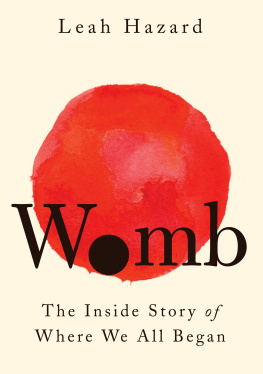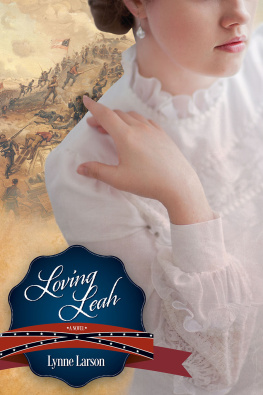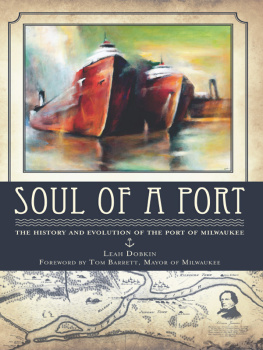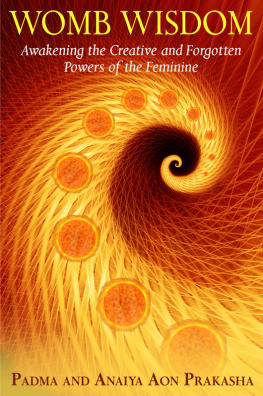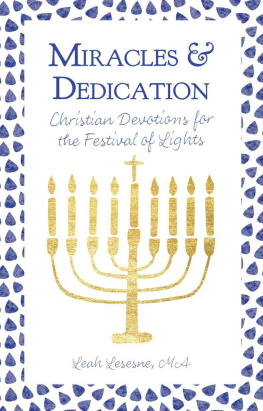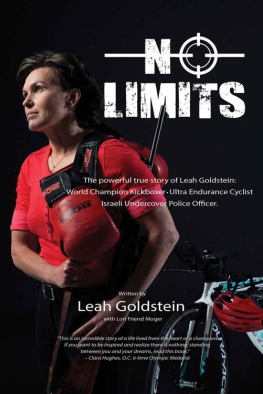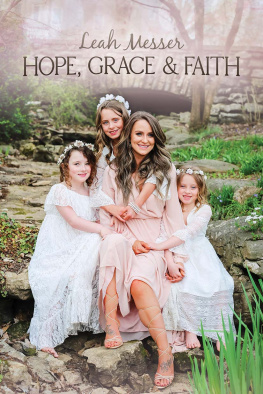For everyone
The body is not soiled. Is not filth to be forgiven.
The body is not an apology.
S ONYA R ENEE T AYLOR , T HE B ODY I S N OT AN A POLOGY
Contents
In Search of the Womb
W here better to learn about anatomy than a museum dedicated to the wonders of the human body?
Serendipitously, thats exactly where I find myself on a bright October morning when even the stone spires of Edinburgh seem to wink in the cool autumn sun. Im early to meet a friend in this city with its grisly history of body snatchers and ghosts, and as I pass the imposing archway of the Royal College of Surgeons, an inscription on its threshold presents an invitation too tempting to ignore. Hic sanitas, say the letters etched on the pavement. Here is health.
Ten years ago, I visited the Surgeons Hall Museums with my children, oohing and aahing over the rows of things in jars, as the gallerys brochure puts it, and at the spotlit dioramas of tailcoated doctors hunched over mannequins with gory papier-mch wounds. Since then, Ive trained and practiced as a midwife, working in labor suites, community clinics, triage units, and ante- and postnatal wards. In doing so, my fascination with anatomy has taken on a distinctly obstetric slant. The female reproductive system is my passion as well as my professional milieuthe way it functions and malfunctions, the way it brings forth life or causes death, the way it yields joy and pain in equal measure. Today, the idea for this book about the most miraculous and misunderstood organ in the human body is in the earliest stage of gestation: a flicker of inspiration; a moment charged with possibility. Today, Im here to see the wombs.
I see the Obstetrics and Gynaecology exhibit signposted toward the back of the second floor and hurry toward it. First, though, I have to navigate the many organs deemed by the curator to be shinier and sexier to the visitor. Like a supermarket with all of its sweetest treats racked up front and center, the museum opens with a sizable showcase of military medicine. Bits of blasted skulls and amputated limbs illustrate the many ways in which men have hurt and healed each other on the battlefield. This, apparently, is glorious. I hustle through the aisles. Its not that Im not impressed, but Im after something a bit different today: bits of the weaker and fairer sex; organs that have seen the havoc wrought by birth and the vagaries of the female life cycle.
I move on through livers and bowels, a perforated appendix, a heart with a stab wound swishing across its gray, bloated chambers. There are stripped veins and a foot in the Vascular Surgery room; dull, staring eyes in Ophthalmology; misshapen jaws in the Oral and Maxillofacial display. Dawdling briefly in Urology, I count twenty testes and numerous penises in various stages of sickness and health. I look again at my map to make sure I havent missed my destination: no, keep going, back and back into the depths of the museum.
Passing an impressive array of aneurysms by the rear staircase, I turn a corner and then there it is: Obstetrics and Gynaecology, the smallest section in the museum, with just four shelves of specimens. I try not to be disappointed; I stop and study each jar in turn, giving every organ the respect it deserves, wondering at the women whose bodies were flayed and fragmented in the name of science. There are thirteen uterusesfewer than the testes around the corner, I notesome bloated with fibroids and cancers, and one with the slim white snake of a contraceptive coil still nestled in its flesh. A disembodied vulva still bears a tuft of startlingly bright ginger hair: a signal flare from the past, its meaning lost. There are no names, no personal details given apart from the briefest of diagnoses printed on cards. These organs, the seats of human life, are unsettlingly inert; the accompanying descriptions do not indicate which of these wombs have borne children, although given the fact that most of the specimens were harvested a good hundred years ago, before the advent of reliable contraception, theres every chance that almost all of them did.
As if to underline this functionor perhaps to compensate for the relative paucity of the exhibitan eighteenth-century Obstetrical Chair with stiff, varnished struts has been placed in the corner. The base, a card explains helpfully, can be anchored to the floor, as if the birthing woman is so volcanically powerfulor, perhaps, so dangerousthat she must be tethered to the Earth, lest the force of her labor shoot her into orbit like a rocket. As a midwife, Ive borne witness to this power many timeswomen transformed into raging demons, their bodies racked by each contraction of the uterus, their eyes on fire. These wombs suspended in formaldehyde are long dead, though, and silent. They hold their secrets quiet and close.
Two young women interrupt my reverie. Passing through Obs and Gynae, they shiver and recoil at the organs on display. Go, uterus, deadpans one of the women to her friend as they grimace at the disembodied wombs and hurry to the next room, Otolaryngology, taking time to admire the ears and noses, and then lingering over the apparently less offensive infant limbs in the room beyond.
Something about the wombs sitting silently in their jars has been too much, too close, for these women. Scarier than the relics of the battlefield, more repugnant than diseased bowels and bladders.
Sometimes its easier not to see, not to know. Mapping the body can unsettle as much as it empowersawareness begets questions with uncomfortable answers. In this book, though, among these pages, we are made of sterner stuff and we journey with an open mind. We are ready to understand the uterus, and to find out where we all began. We stop. We linger. We learn whats inside the jar.
A normal uterus (and I use the word normal advisedly) is roughly 7 centimeters tall by 5 centimeters wide, with walls about 2.5 centimeters thick. The organ is sometimes said to resemble an upside-down pear, although in the final stages of pregnancy, a uterus can expand to the size of a watermelon. The female reproductive system is often described in culinary termsa womb like a pear, ovaries like almonds, a fetus like a plum or a tangerineperhaps to render the parts sweetly benign, tender morsels of sugar and spice and all things nice. This, after all, is a truth sung to us in rhyme from our earliest days and repeated by society ad nauseam: that girls are delicious and there for the tasting. From this point on, though, this book will eschew all food metaphors. We will learn that the uterus is far more than a sweetmeat or an empty vessel. We are learning, now, that the womb is a muscle. We can compare it quite accurately to a clenched fist, not only in size, but in power.
In fact, the uterus is remarkably similar in size and structure to another, far more celebrated organ: the heart. Like the heart, it is composed of three layers: in this case, there is the endometrium (an inner layer, which thickens and sloughs off each month as a menstrual period, and which nourishes both embryo and placenta in pregnancy); the myometrium, a smooth muscle layer formed of tightly woven fibers that can flex and relax, causing cramps or contractions; and the outer perimetrium, a filmy, visceral cover.
On either side of the uterus are slender tubes leading to the ovaries, where eggs are stored, and at the bottom or neck of the uterus is the cervix, a kind of fleshy gateway to the vagina. This is the diagram which many of us were forced to draw and label at school, although that knack seems to fade as we get older. According to surveys in 2016 and 2017 by the Eve Appeal, a gynecological health charity, many young women could not accurately name the parts of the female reproductive system.
To make matters somewhat more complicated, the normal womb has infinite variations, some of which are surprisingly common and some of which are almost implausibly rare. For example, the position of the uterus within the pelvis can vary widely: the anteverted (forward-tipping) position, in which the uterus leans onto its neighbor, the bladder, is only found in 50 percent of women. The rest are evenly split between midposition (self-explanatory) and retroverted (tilted back toward the bowel). In this case, the norm actually only describes about half of us.
Next page
